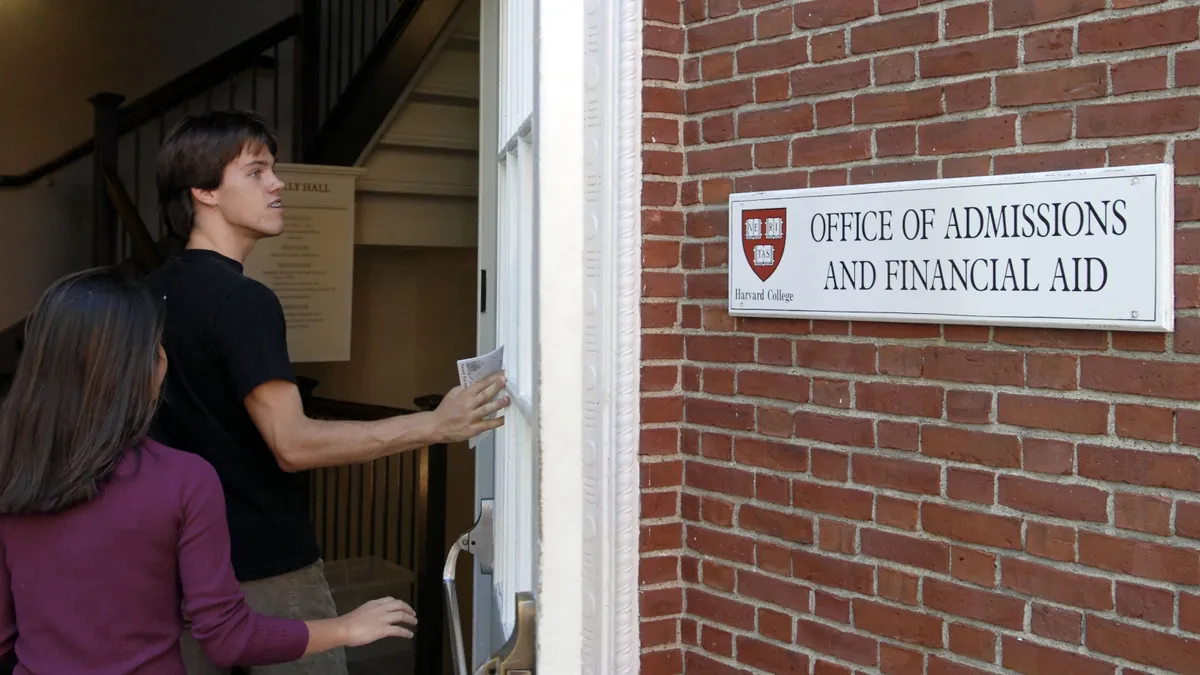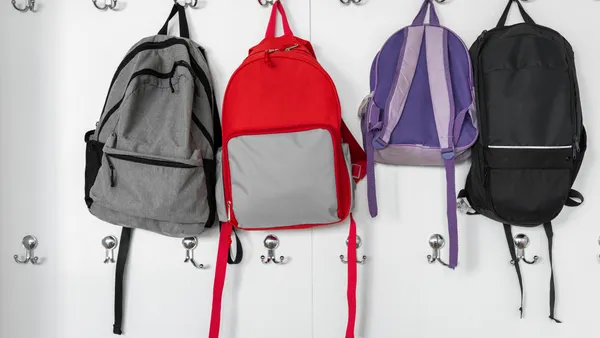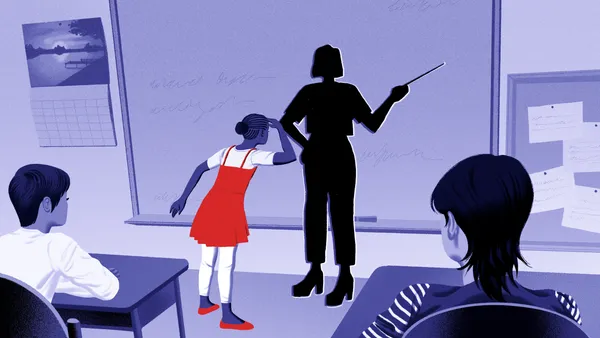K-12 college counseling, targeted outreach and pathway programs for high school students can serve as strategies to encourage underserved students to apply to college in the wake of the U.S. Supreme Court's June decision overturning race-conscious admissions, according to a U.S. Department of Education report issued Thursday.
The Supreme Court decision, which said race-conscious college admissions policies at Harvard University and the University of North Carolina at Chapel Hill violate the 14th Amendment, was speculated to negatively impact the pipeline of racially and socioeconomically diverse high school students into postsecondary education.
In a statement, U.S. Education Secretary Miguel Cardona decried the gap in resources between the nation's most inclusive institutions and its most highly selective as one of American higher education's "cruelest ironies."
“This moment demands leadership, innovation, and collaboration from leaders at every level to break down barriers for underserved students and reimagine pathways into higher education," Cardona said.
The department called on K-12 and higher education institutions — especially those serving low-income students, communities of color and first-generation students — to establish relationships with one another and create outreach and pathway programs. The department suggests this will increase applications from underserved students.
In its report, the department also stressed the importance of the quantity and quality of high school counselors, which students in schools with large student bodies and higher levels of poverty are less likely to have access to.
"Low-income students and students of color often attend K–12 schools that do not have adequate staffing to provide high-quality counseling resources to help students navigate college applications," said the report, adding that the Supreme Court's decision "has the potential to make these challenges more acute."
One 2017 study using the department's data found that adding one high school counselor leads to a 10 percentage point increase in four-year college enrollment. It also found that a college advising model aimed at helping low-income and first-generation students could cut the income gap in four-year college enrollment by half.
However, the national average ratio of counselors to students in the 2021-22 school year remained at 408 students per counselor, nearly twice as high as the recommended ratio by school counselor professionals of 250:1.
When the Supreme Court released its decision the American School Counselor Association noted in a statement at that time that it was a "a step backward for college admissions opportunities for students of color and for the United States."
"Although the impact on K-12 schools is unknown at this time, school counselors will continue to create equitable opportunities and inclusive environments for all students," it said in a press release.







 Dive Awards
Dive Awards





